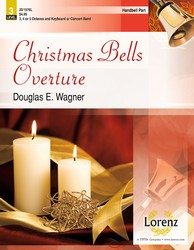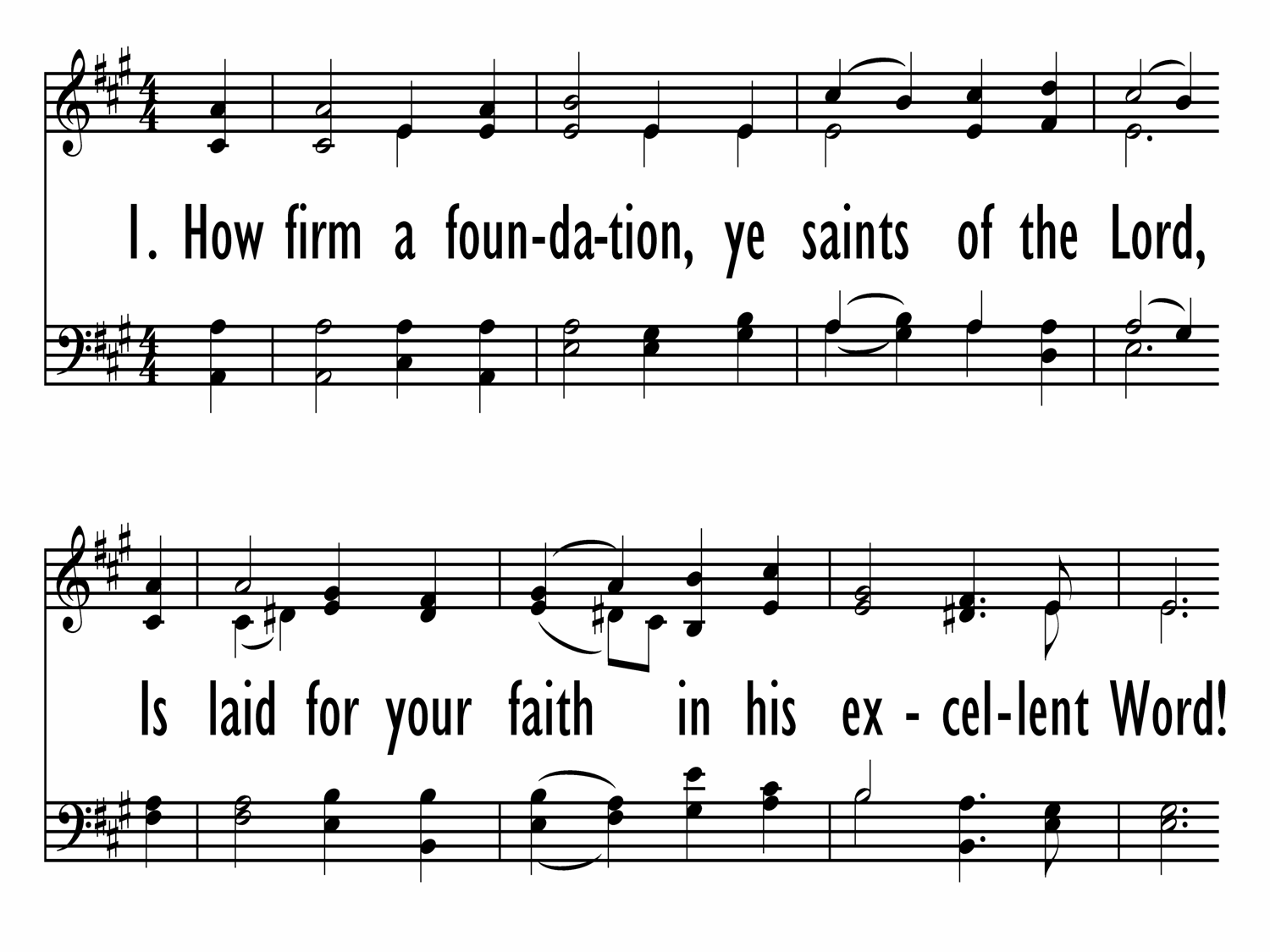- |
User Links
Adeste Fideles
Adeste fideles laeti, triumphantes
Author: John Francis WadeTune: ADESTE FIDELES
Published in 83 hymnals
Audio files: MIDI
Representative Text
1 Adeste, fideles,
laeti, triumphantes,
venite, venite in Bethlehem;
natum videte
regem angelorum:
[Refrain:]
venite, adoremus,
venite, adoremus,
venite, adoremus Dominum.
2 Deum de Deo,
Lumen de Lumine,
gestant puellae viscera,
Deum verum,
genitum, non factum: [Refrain]
3. Cantet nunc hymnos
chorus angelorum;
cantet nunc aula caelestium:
Gloria
in excelsis Deo! [Refrain]
4 Ergo qui natus
die hodierna,
Jesu, tibi sit gloria:
Patris aeterni
verbum caro factum: [Refrain]
Source: Hymns of Glory, Songs of Praise #307
Author: John Francis Wade
John Francis Wade (b. England, c. 1711; d. Douay, France, 1786) is now generally recognized as both author and composer of the hymn "Adeste fideles," originally written in Latin in four stanzas. The earliest manuscript signed by Wade is dated about 1743. By the early nineteenth century, however, four additional stanzas had been added by other writers. A Roman Catholic, Wade apparently moved to France because of discrimination against Roman Catholics in eighteenth-century England—especially so after the Jacobite Rebellion of 1745. He taught music at an English college in Douay and hand copied and sold chant music for use in the chapels of wealthy families. Wade's copied manuscripts were published as Cantus Diversi pro Dominicis et Festis p… Go to person page >Text Information
| First Line: | Adeste fideles laeti, triumphantes |
| Title: | Adeste Fideles |
| Author: | John Francis Wade |
| Meter: | Irregular with refrain |
| Language: | Latin |
| Refrain First Line: | Venite, adoremus |
| Notes: | English translation: See: "O Come, all ye faithful, joyful and triumphant" by Frederick Oakeley; French translation: "O peuble fidéle" from D'après "Louange et Prière"; German translation: See "Herbei, o ihr Gläub'gen" by Friedrich Heinrich Ranke; Polish translation: See "Pośpieszcie, o wierni" by Paweł Sikora; Spanish translation: "Venid, fieles todos,a Belén vayamos" by Juan Bautista Cabrera Ivars; Swahili translation: See "Umati wa Yesu, njooni kwa furaha" |
| Copyright: | Public Domain |
English
- A New Hymnal for Colleges and Schools #225
- A Treasury of Catholic Song: comprising some two hundred hymns from Catholic soruces old and new #17
- Cantate Domino #17
- Cantiones Sacrae: a Collection of Chants and Hymns. 2nd ed. #d3
- Carols for a Merry Christmas and a Joyous Easter #d2
- Catholic Book of Worship #d2
- Catholic Book of Worship III #329B
- Children's Hymn Book and Sodality Manual #d2
- Church Hymnary (4th ed.) #307
- Flor Y Canto (2nd ed.) #317 10 shown out of 28
French
German
Latin
- American Catholic Hymnal: an extensive collection of hymns, Latin chants, and sacred songs for church, school, and home, including Gregorian masses, vesper psalms, litanies... #354
- Cantate Domino #17
- Catholic Book of Worship III #329B
- Catholic Church Hymnal with Music #229
- Church Hymnary (4th ed.) #307
- Coleccion de Cantos Sagrados Populares #17
- Columbia University Hymnal #46
- Flor Y Canto (2nd ed.) #317
- Gems of Christian Song #d1
- Gijigong Enamog Mikana: katholik anamie-masigaigan gaie wetchipwewissing = a Catholic prayer and hymn book in the Otchipwe-Indian language #231 10 shown out of 46
Polish
Spanish
Notes
Adeste fideles. In the Evening Office of the Church in Latin and English, London 1760, this hymn consists of stanzas i., ii., vii., viii. of the text. Concerning the translation it must be noted:—
1. That to Canon Oakeley's translation as in the Altar Hymnal, 1884, No. 7, Mr. W. T. Brooke added a translation of stanzas iii.— vi., thus producing a translation of the full text.
2. The translation No. 7, "Come hither, ye faithful," is attributed, in the Pennsylvania Lutheran Church Book, 1868, to "C. P. Krauth."
3. "Come, all ye faithful," in the Roman Catholic Hymns for the year, 1867, is a slightly altered form of Neale's translation (No. 9), which dates 1854.
--John Julian, Dictionary of Hymnology, Appendix, Part II (1907)


 My Starred Hymns
My Starred Hymns







